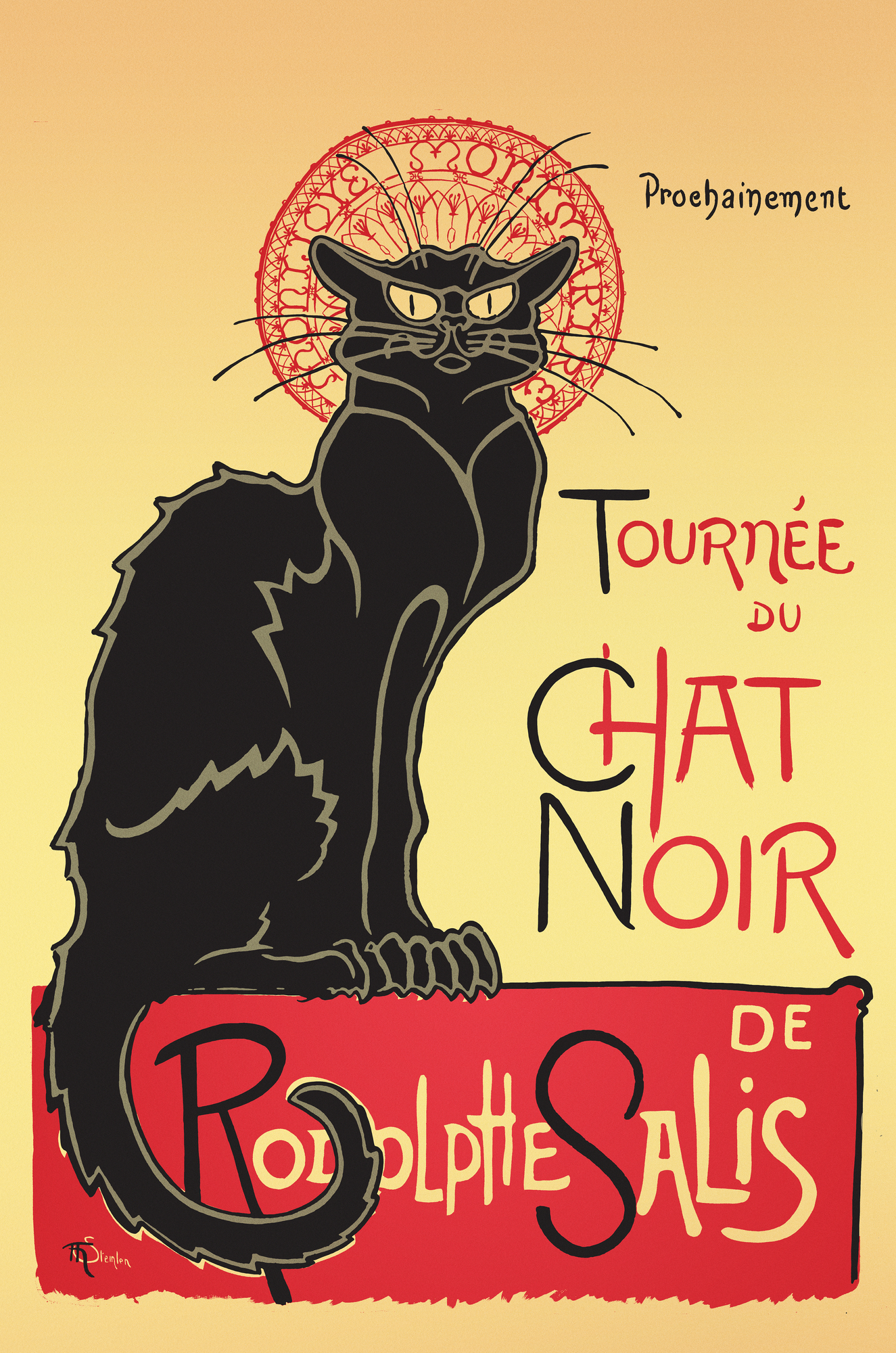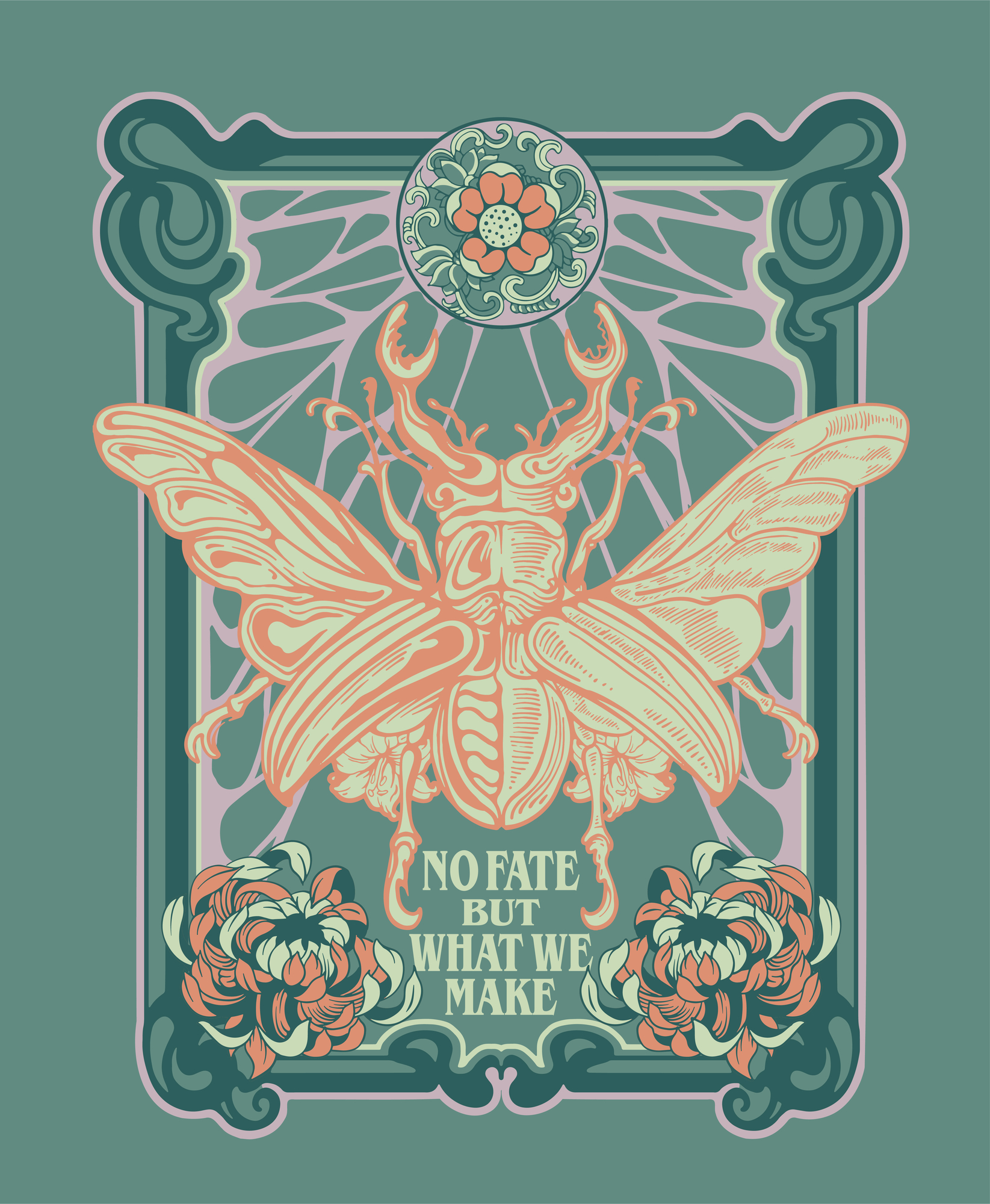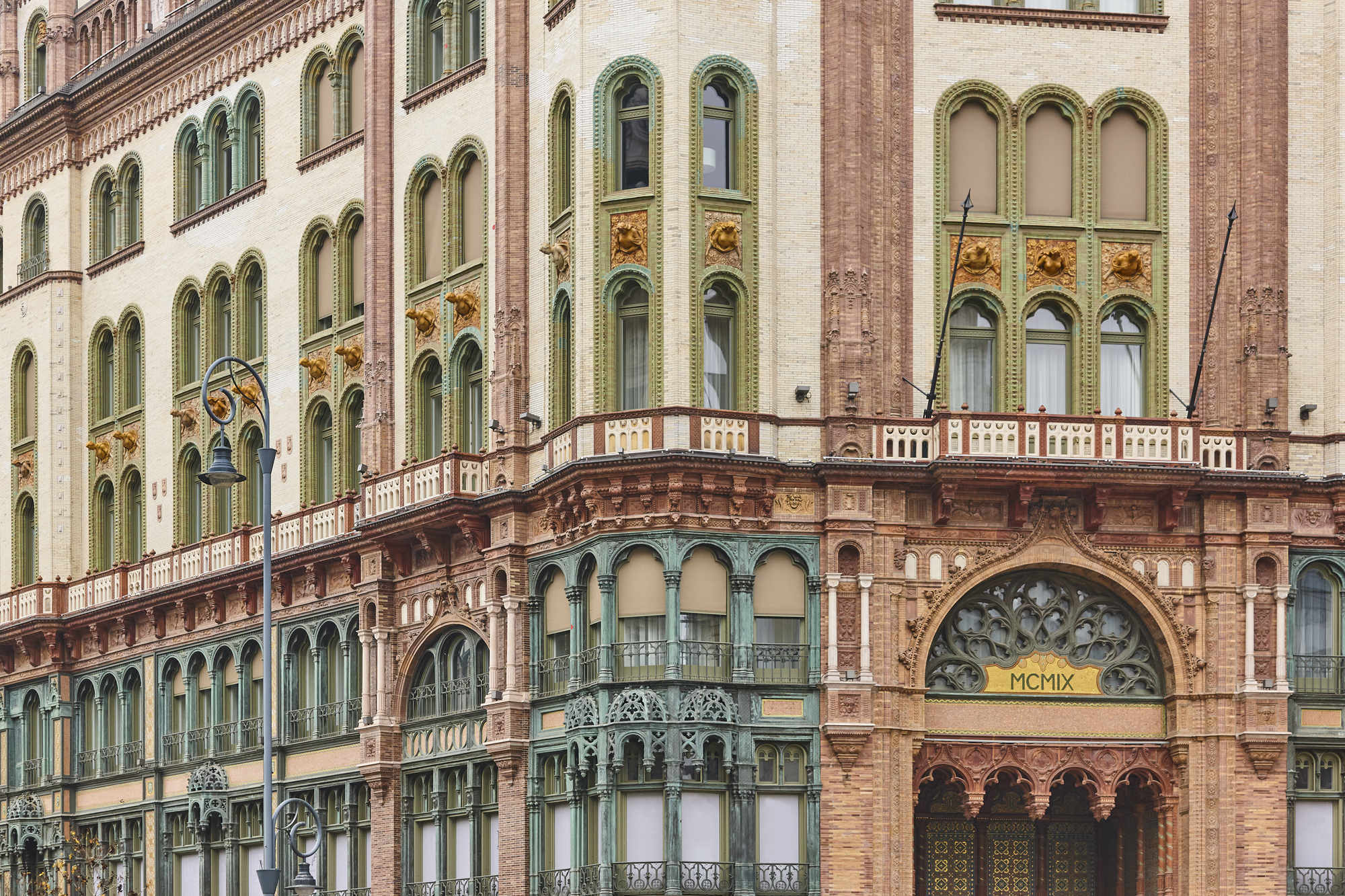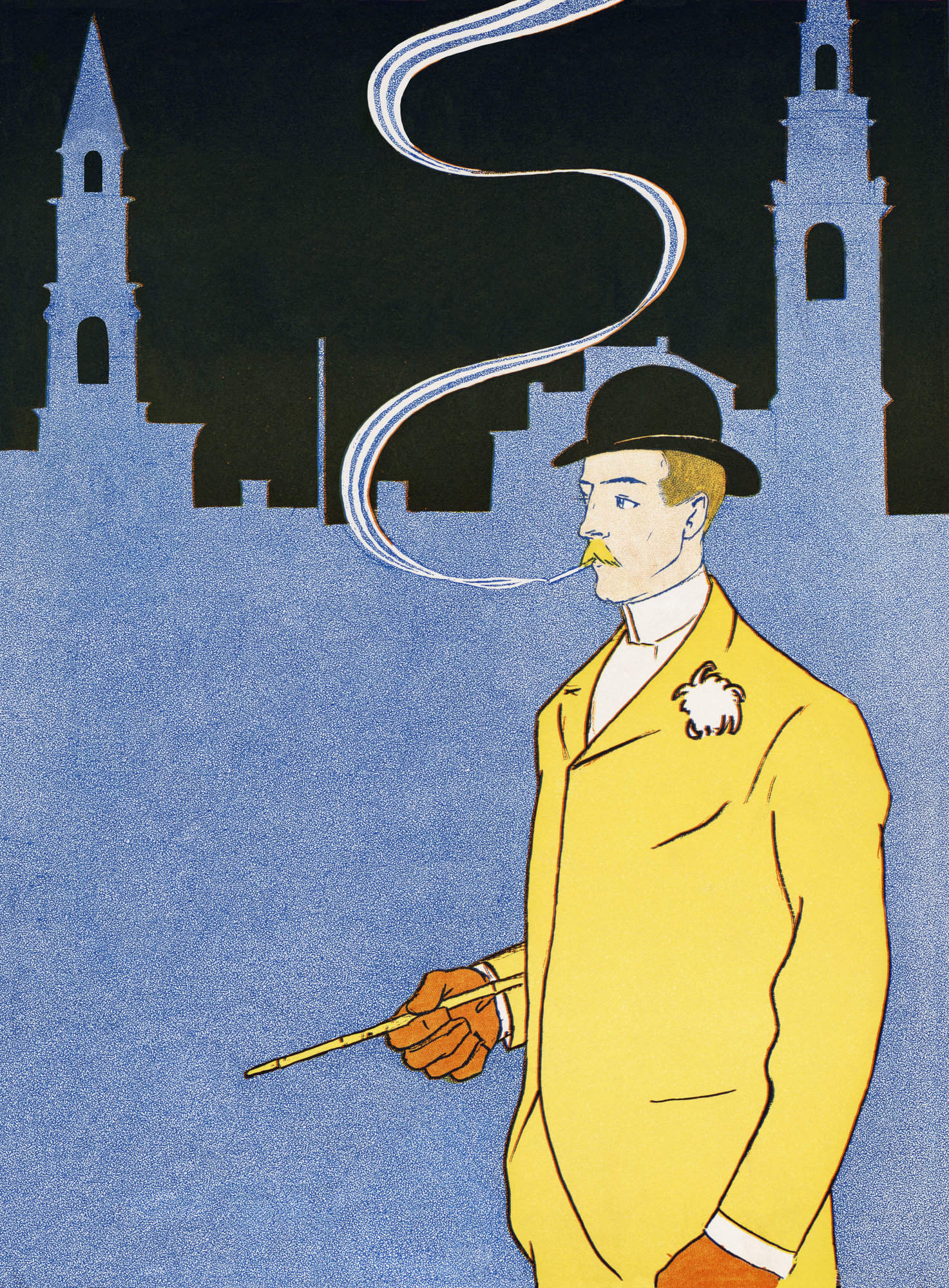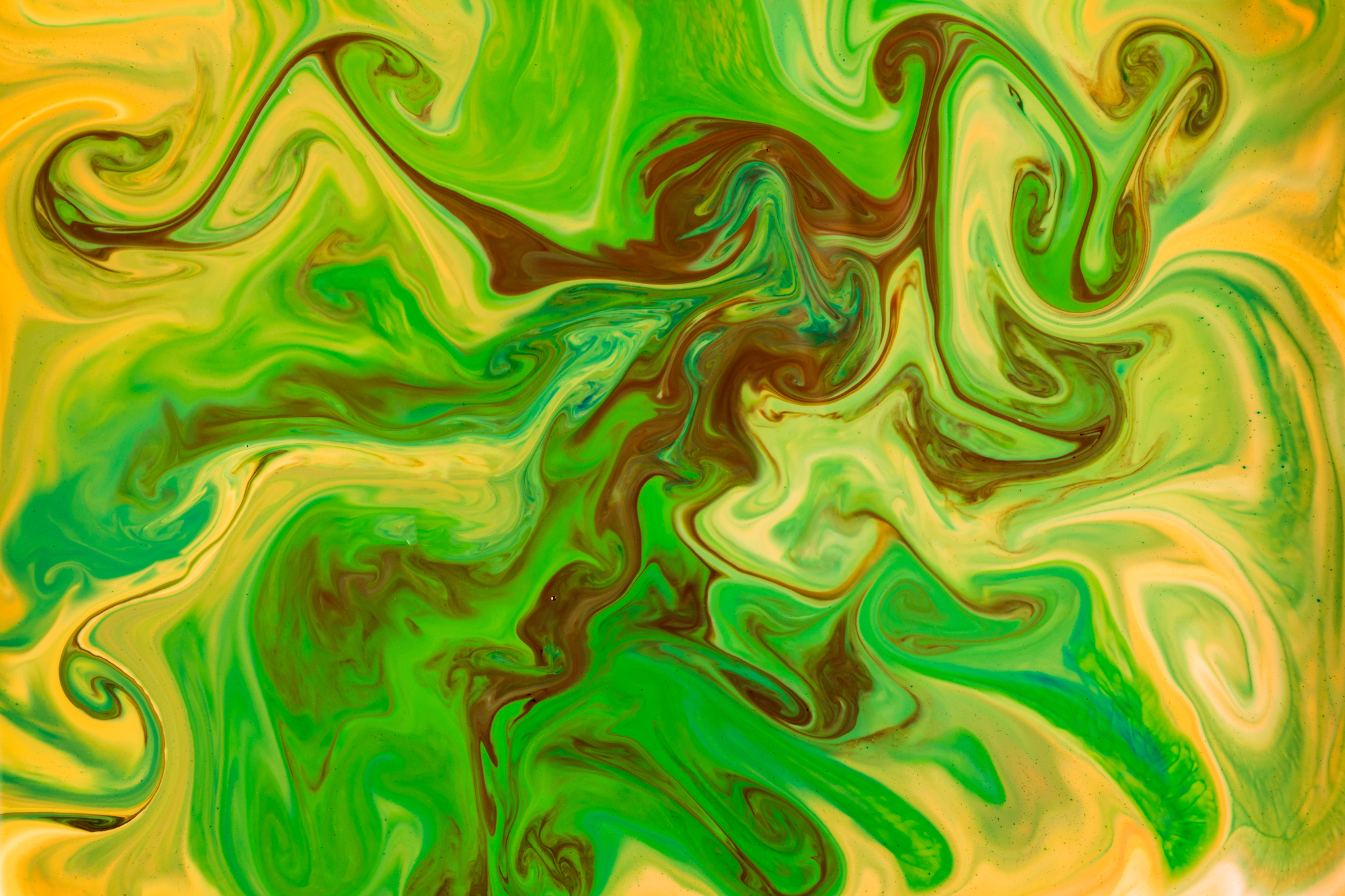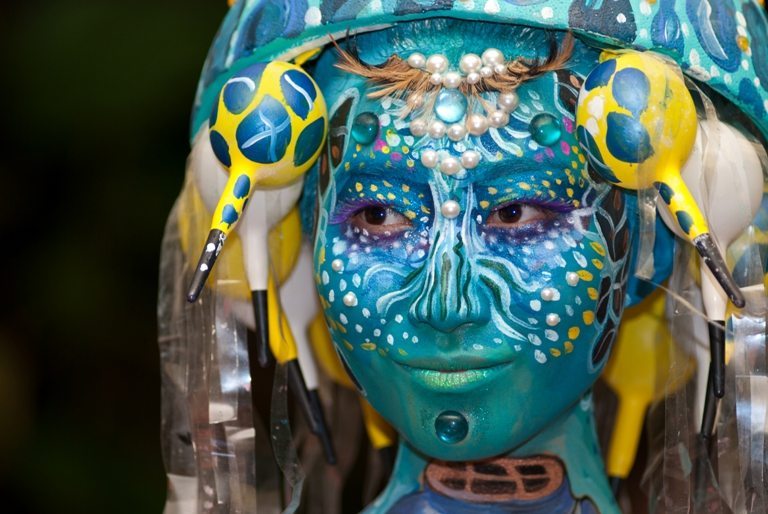Everything You Need to Know About Art Nouveau
Inspired by nature and organic forms, Art Nouveau was an iconic style at the start of the twentieth century. It thrived across Europe during an era of tremendous social and technical development, touching everything from decorative and fine arts to architecture and design. For a style that was so influential, it didn’t last long — only a decade or so. Yet, today, this once-thriving trend is now in again.
Find out more about the influences of Art Nouveau on modern popular culture, graphic design, comics, and typography in a new video on our YouTube channel Creativity: Inside & Out. In this article, we will explore how Art Nouveau appeared, what makes it stand out, and why it still matters.
Where did Art Nouveau come from?
Originating in Belgium and France at the beginning of the twentieth century, Art Nouveau quickly spread throughout Europe. The style adopted a different name in each language — Modernisme in Spanish, Liberty style in Italian, Jugendstil in German, and Secession in Czech. Still, no matter the language, the meaning remained the same — the New Art.
With its emphasis on nature-inspired patterns and organic forms, Art Nouveau was a response to the rapid technological development of the industrial age. Tremendous transformations happening in European society, such as the spread of electricity and telephone connections, changed the public’s views and gave rise to new concepts and ideologies. The changes appeared at full speed, and the art community couldn’t ignore them. Artists, especially architects, embraced new material advances and scientific innovations of the time. They incorporated these developments into their work, creating new aesthetic possibilities by combining them with individual styles and original artistic techniques.

How did Art Nouveau become popular?
Due to new printing technologies such as color lithography, Art Nouveau quickly reached new audiences. The mass production of originally designed posters made art available to the general public. Once accessible only by the elites, it was no longer limited to museums and fancy galleries. Although these posters were used to promote products and entertain people, they were sophisticated and had a clear artistic value.
The new style rebelled against so-called official art, rejecting its academic formalism. In different countries, artists felt the need to create new concepts of representation that would express the individuality of feelings and attitudes towards nature. They were no longer willing to conform to authoritative people and institutions that determined and controlled the art world and its aesthetics. Gustav Klimt rejected classical notions with his “golden” paintings, Antonio Gaudí changed traditional concepts with his sumptuous buildings, and Aubrey Beardsley challenged conventional ideas with grotesque designs and illustrations.
Art Nouveau image and video collection
We decided to put together a thematic collection of visuals inspired by Art Nouveau. Check out this rebellious style for new ideas, and use it for your current creative or social media projects. You can also use these images and videos in your visual communication to attract attention to your work. Minimalism is gradually going out of style, as creatives all around the world are seeking inspiration in new forms and colors. This is one of the reasons why the eccentric and original Art Nouveau style is once again the object of lively interest.
What makes Art Nouveau stand out?
What’s so special about Art Nouveau is that it was clearly an experimental style. It challenged established artistic concepts comprising not only fine arts or architecture, but everything in between: from furniture and jewelry to clothes and textiles. Art Nouveau artists meant creativity and elegance in anything and everything they created.
Here are the main characteristics of Art Nouveau:
1. Flowing lines and curves.
Art Nouveau is known for its elegant linear designs and curves. Artists used organic and non-geometric forms to create smooth and sophisticated decorative elements. They can be especially noticed in objects such as furniture, jewelry, and ceramics. The lines in Art Nouveau are always delicate and graceful, but they also have their own vigorous rhythm.
2. Natural objects.
A distinguishing characteristic of the style is its obsession with sinuous lines that resemble natural objects. Art Nouveau artists frequently incorporated forms that mimic stems, flowers, birds, and insects in their works. They depict almost any element of the natural world that is delicate enough: from flower buds to insect wings.
3. Ornaments and patterns.
Art Nouveau artists tend to combine vivid ornaments and dense patterns, creating intricate lines and forms. Using asymmetrical shapes, they produced biomorphic forms that, while being unique, were also parts of a more extensive ornamental structure or pattern. This became a first in art history.
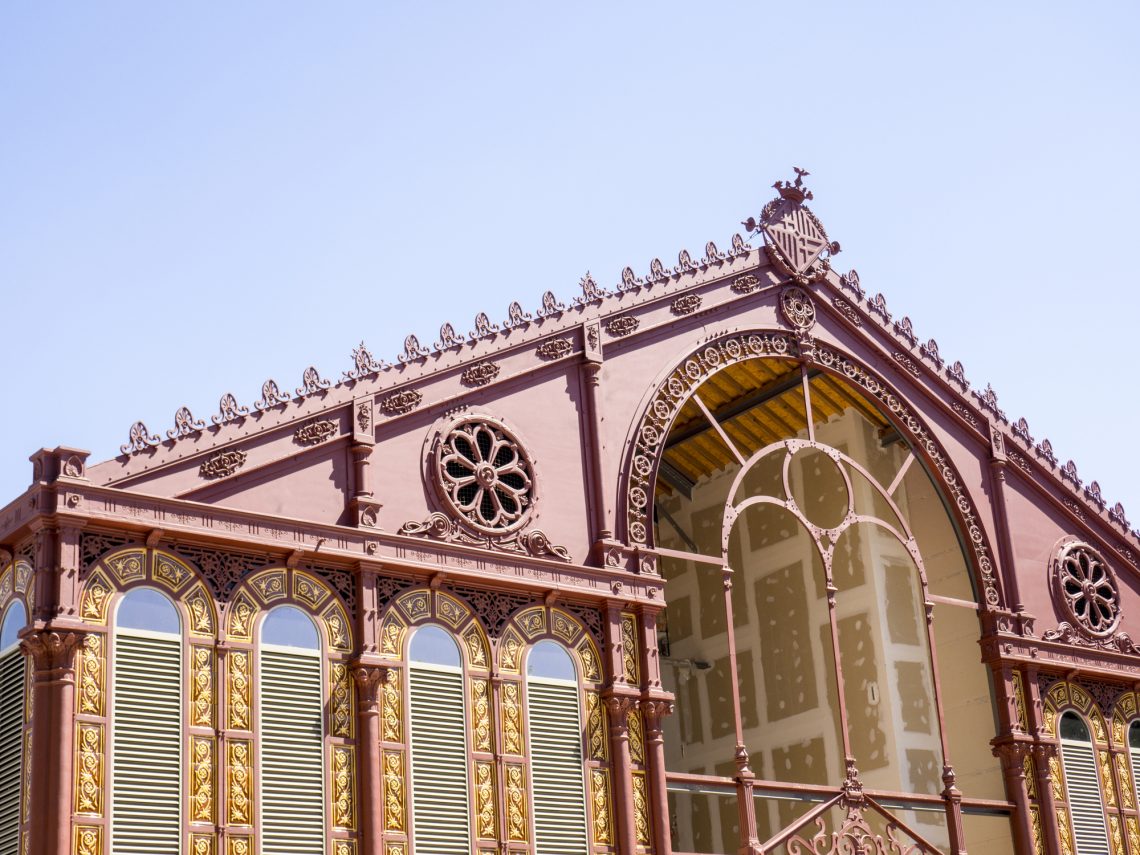
Most Revered Art Nouveau Artists to Remember
Alphonse Mucha
Czechoslovakian painter and designer-artist Alphonse Mucha is recognized for his portrayal of sensual and sumptuous women surrounded by flowers and colorful patterns.
Antonio Gaudí
Spanish architect and sculptor Antonio Gaudí was one of the brightest architects of his time. His opulent buildings are still among the most remarkable artworks ever produced.
Louis Comfort Tiffany
Famous for his stained glass works, American glassmaker Louis Comfort Tiffany was actually one of the most versatile Art Nouveau artists. He also designed ceramics, jewelry, and even furniture.
These artists are only the tip of the iceberg, as there are many more admirable representatives of the Art Nouveau style. If you want to dive deeper into the topic, check out our new Art Nouveau Hidden Everywhere video on the Creativity: Inside & Out YouTube channel.
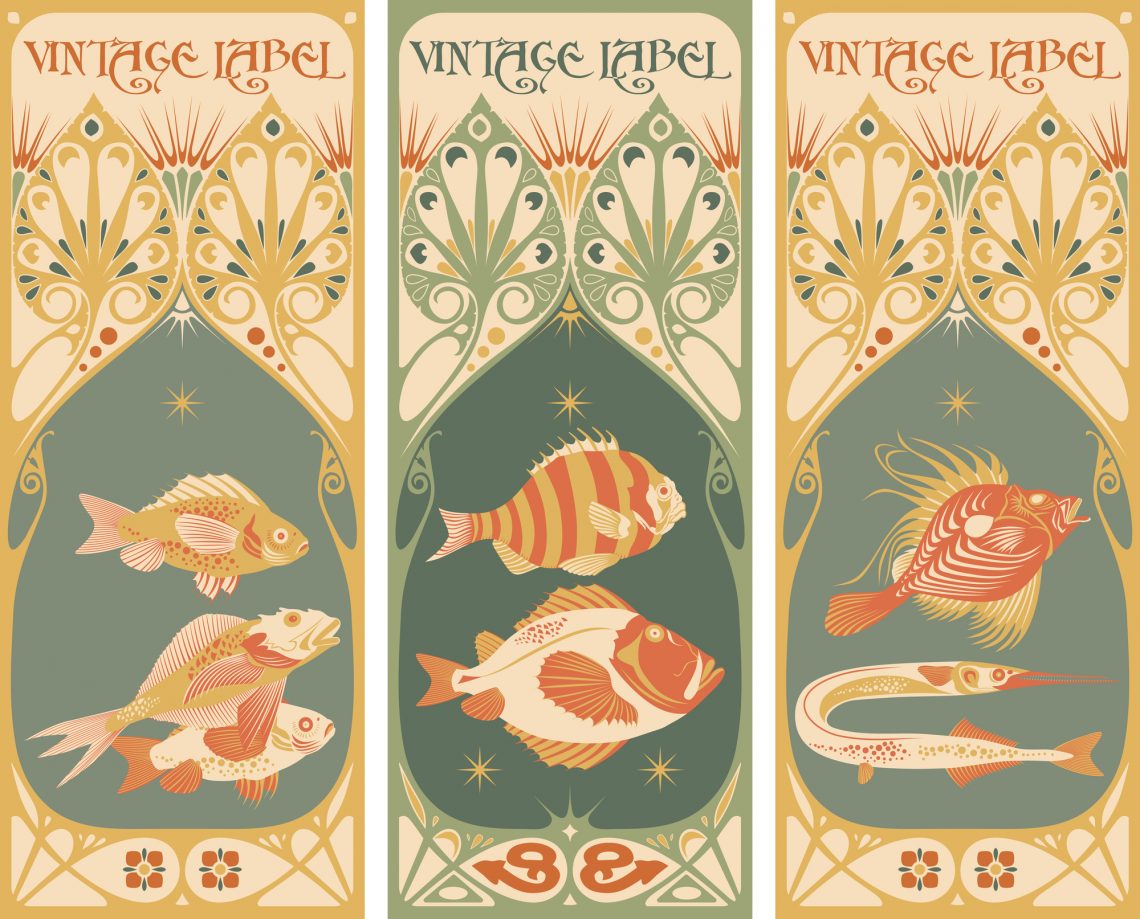
Incorporating Art Nouveau into Your Work
In modern design culture, the Art Nouveau style is still used and relevant. It challenges artists and designers of all kinds to change traditional concepts by using new forms and patterns. If you want to incorporate the style of this iconic period into your creative practice, the most convenient way to start is by using fonts influenced by Art Nouveau’s aesthetic.
Here are seven examples of free fonts you can use in your works:
AdineKirnberg-Script

Parseltongue

Boecklins Universe

Rivanna NF

AnnStone

Why Does Art Nouveau Still Matter?
Even though Art Nouveau didn’t last long, it still influences architecture, fine art, design, and other creative spheres. It was a truly unique movement with original aesthetics created by artists from different parts of the world. Art Nouveau was the first style of art that reached the general audience, connecting public and private spheres. Anything can now be created in Art Nouveau aesthetics, from exhibition posters to household products, integrating art into everyday life. The new style introduced a never-before-seen approach to art, promoting the unity of fine arts, architecture, decorative arts, and design that we have today.
Here are some other articles you may be interested in:

